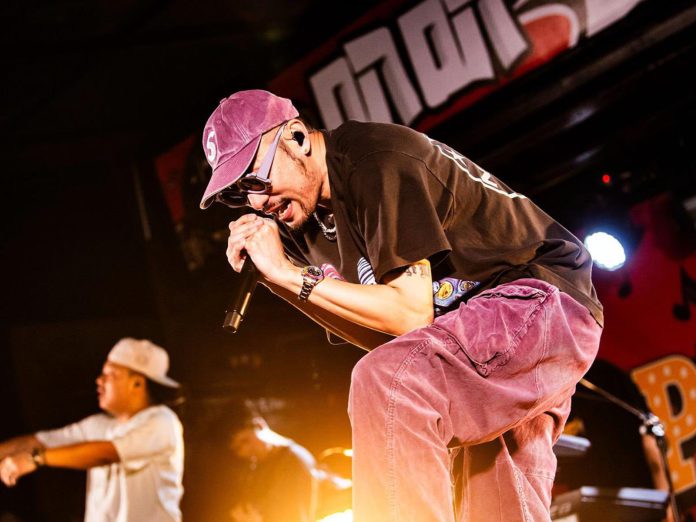嘻哈音樂在臺灣崛起已有一段時日,多年來,其獨特的文化多元性與蓬勃生命力使其在國際上獨樹一幟。
本文將梳理臺灣嘻哈的發展史:從1980年代末至1990年代初的第一波浪潮,以庾澄慶、朱頭皮、L.A. Boyz 和 The Party 等將饒舌元素引入華語流行樂為起點;至2000年代初期的第二波浪潮,由 MC HotDog 熱狗、Dwagie 大支等正式將自己定位為「嘻哈藝人」或「饒舌歌手」,獨立嘻哈品牌廠牌 KAO!INC.(顏社)也在這時期成立。最後,進入以電視節目《大嘻哈時代》為代表的第三波主流化浪潮,該節目鼓勵融合閩南語、客語、原住民語,體現了文化多元與在地挑戰的精神。
時至今日,嘻哈已成為一股在臺灣音樂界不可忽視的核心力量。如 SHOU 婁峻碩、OSN 高爾宣等饒舌歌手,憑藉兼具旋律性與犀利饒舌的風格,坐擁龐大粉絲群;而頑童 MJ116 更達到了商業巔峰,不僅獲金曲獎肯定,更在臺北小巨蛋舉辦了7場售罄的演唱會,創下了臺灣嘻哈團體的空前紀錄。
Hip-hop in Taiwan has been rising for quite some time. Through the years, it has been proven that its culturally diverse and vibrant characteristics are what separate Hip-hop in Taiwan from that of other countries.
This article will trace the development of Hip-hop in Taiwan:
The first wave of Hip-hop and rap in Taiwan started in the late 1980s and early 1990s. Dating back to 1989, when Harlem Yu (庾澄慶) first applied rap in his Mandopop rap song—“Yes, Sir (報告班長),” the hit not only expanded the soundscape of Mandopop, but also provided possibilities for rap and Hip-hop to grow. After that, artists and groups such as PigHeadSkin (朱頭皮), L.A. Boyz and The Party started to push it forward.
However, it was not until the second wave of Hip-hop and rap in Taiwan that artists started to consider themselves Hip-hop artists or rappers in the early 2000s. This is important because the artists identified with Hip-hop and claimed it. The rise of MC HotDog(熱狗)and SWED crew (大馬戲團)marked the beginning of this act. During the same time period, his partner in rhyme, Dwagie (大支, then known as Dog G), was equally important to Hip-hop in Taiwan.
MC HotDog and Dwagie showed the Mandopop world that Hip-hop, as an alternative music genre, can also obtain minor commercial success with a very limited budget. Around the same time frame, indie Hip-hop label KAO!INC.(顏社)was established, and their franchise rapper/producer Soft Lipa (蛋堡) redefined Hip-hop aesthetics in Taiwan with his jazzy beats and delicate rap style. The emergence of KAO!INC. not only displays diversity in rap styles, but also proves there are more possibilities than the hyper-masculine image in Hip-hop, specifically in Taiwan.
The third wave of Hip-hop and rap in Taiwan was initiated by rap competition TV show The Rappers (大嘻哈時代). The Rappers encouraged diversity and welcomed challenges. Rappers incorporated not only Mandarin, Taiwanese, and English, but also aboriginal languages and Hakka into their rap. In Hip-hop, the idea of “represent the hood” is embedded in the rappers, and it is manifested through the application of different local languages.
Hip-hop has already become a force that can’t be ignored in Taiwan. Rappers like SHOU (婁峻碩), OSN (高爾宣) are both able to sing catchy melodies and spit sharp rhymes, and both have a large following. In addition, 頑童MJ116 is the biggest hip hop group in Taiwan, who has earned not only the recognition of GMA (Golden Melody Awards, 金曲獎) many times, they have also sold out 7 shows at Taipei Dome consecutively, which set a new record as the only hip hop act who is able to do so in Taiwan.



